Typology and the Bechers

The definition of ‘typology’ is “a classification according to general type, especially in archaeology, psychology, or the social sciences”. Essentially it is the study of types. The roots of Photographic Typologies is in August Sander’s 1929 portraits ‘Face of Our Time’ in which he documented German society between the two world wars. Sanders’ aim was to create a record of social types and classes as well as the relationships between them. Sanders was so successful in achieving this that the photographic plates were destroyed and his book was banned soon after the Nazis came into power. Typology can be used to create a visual analysis of objects and the larger environment by extracting visual elements and presenting them in a consistent series and so forcing the viewer to compare the subjects. The Becher’s and their style appeal to me because when exploring ‘variance and similarity’ I hope to create photographs that successfully show the differences and similarities in structures as the Bechers’ have done in a similar style whilst using the typology grids to emphasise the contrasts.
The term ‘Typology’ first came into use when used to describe the style of photography that Bernd and Hilla Becher were practicing. The Bechers documented dilapidated German industrial architecture in 1959 – they described the buildings which they photographed as “buildings where anonymity is accepted to be the style”. Each photograph in their collection of work was taken from the same angle and the same distance from the subject with the aim to capture a record of the changing landscape as these dilapidated buildings began to disappear. The Bechers influenced generations of photographic typologists, such as Jeff Brouws and John Cyr.

Bernhard Becher (1931-2007) and Hilla Becher (1934-2015) were German conceptual artists and photographers who would work as a collaborative duo. They are best known for their topographic images of industrial buildings in Germany, as discussed earlier. The photographs were often organised into grids to show differences and similarities between the subjects photographed. They are the founders of the ‘Becher school’ or the ‘Dusseldorf School’. They have received multiple awards including the Erasmus Prize and the Hasselblad Award. The Bechers’ worked outside of Germany as well including photographs of buildings in Great Britain, France, Belgium and the United States in 1965.
 Their work on typology began as they first collaborated on photographing the disappearing German industrial architecture in 1959 – they were fascinated by the similar shapes in which certain buildings were designed, which is evident in their work. After collecting thousands of pictures of individual structures they noticed that the different structures shared many qualities and were intrigued by the fact that so many industrial buildings were build with a focus on the design. The Bechers would work with a large 8 x 10-inch view camera and would always use a straightforward point of view. They would only shoot on overcast days in order to avoid shadows as well as only in the early morning during spring and fall. A variety of subjects were photographed throughout their work including water towers, cooling towers, coal bunkers and gas tanks. Often the Bechers would exclude any details that would detract from the central theme. By photographing these structures the Bechers’ drew attention to the need of preservation of the buildings and some of them were designated as protected landmarks as a result of their work.
Their work on typology began as they first collaborated on photographing the disappearing German industrial architecture in 1959 – they were fascinated by the similar shapes in which certain buildings were designed, which is evident in their work. After collecting thousands of pictures of individual structures they noticed that the different structures shared many qualities and were intrigued by the fact that so many industrial buildings were build with a focus on the design. The Bechers would work with a large 8 x 10-inch view camera and would always use a straightforward point of view. They would only shoot on overcast days in order to avoid shadows as well as only in the early morning during spring and fall. A variety of subjects were photographed throughout their work including water towers, cooling towers, coal bunkers and gas tanks. Often the Bechers would exclude any details that would detract from the central theme. By photographing these structures the Bechers’ drew attention to the need of preservation of the buildings and some of them were designated as protected landmarks as a result of their work.
The Bechers decided to exibit their single-image gelatin silver prints grouped by subject, in a grid of six, nine, or fifteen and had come to the conclusion to present the images of structures with similar functions side by side to entice viewers to compare forms and designs based on the functions of the subjects.
The work of the Bechers were strongly influenced by the Weimar movement of New Objectivity in the 1920’s which was a movement in German art arising in the 1920’s as a reaction against expressionism. The term ‘New Objectivity’ came to characterize the attitude of public life in Weimar Germany as well as the art involved in it. It was meant to imply a turn towards practical engagement with the world and ended in 1933 with the fall of the Weimar Republic and rise of the Nazis. Some artists included in the movement in which the Bechers’ took inspiration are Karl Blossfeldt, August Sander and Albert Renger-Patzch.
In the Becher school they managed to influence a number of photographers including Andreas Gursky and Thomas Ruff; the work of their students also minimizes human presence and explore landscapes in a documentary style. Their school and work has had an impact on both Minimalism and Conceptualism art. Their legacy can be seen through the work of Lewis Baltz who takes a similar approach with a more modern twist to it. Their legacy can also be seen in the change in attitude to vernacular architecture – the Becher’s actively campaigned for protection of the structures that they photographed which led to the protection of industrial spaces.
Analysis

In this photograph natural daylight will have been used to capture it. You can tell because of the soft tones and natural contrast within the photograph. A low ISO of 100-200 will have been used for this photograph as the Bechers’ would be trying to ensure that noise within the composition was kept to a minimum. A shutter speed of 1/60-1/150 will likely to have been used in this photograph – a shutter speed that is not too slow but not too fast to ensure that enough light could enter the camera lens from the overcast condition that the Bechers’ would shoot in. A deep depth of field has been used at the whole of the photograph is in focus. There is a warm colour cast to the photograph even though the photograph is in black and white – the warm colour cast reflects the comfort of the countryside in which the structures are based in.
There is no colour in the image as it is a black and white photograph. This shows that the viewer should be looking at the details of the subject instead of colours. There is a wide tonal range, ranging from the contrasting shadows of the structure to the over-exposed background. There is clear texture in the structures which makes the photograph more realistic to the viewer and gives it a slight 3D effect. There is pattern and repetition in the beams of the structures which makes the photograph more aesthetically pleasing for the viewer. The structures are placed in the centre of the photograph rather than using the rule of thirds as this photograph is part of a documentative-style approach in which the intentions were to show the form of the structures rather than to be aesthetically pleasing.
Bernd and Hilla Becher would document architectural structures all over Germany. They took photos of similar typologies and would make compositions of them all together. This is just one example of the work that they would do. They captured the pleasing aesthetics in the buildings deemed ugly and showed the country that there is more to it if they look closely. The Becher couple documented all sorts of structures and worked to open the countries eyes to what was right in front of them. They described the buildings which they photographed as “buildings where anonymity is accepted to be the style” and aimed to capture a record of the changing landscape as these dilapidated buildings began to disappear. The photograph is part of a collection of photographs intended to compare the structural qualities of different structures and would have been presented alongside another five or eight similar photographs of similar structures to allow the viewer to compare.




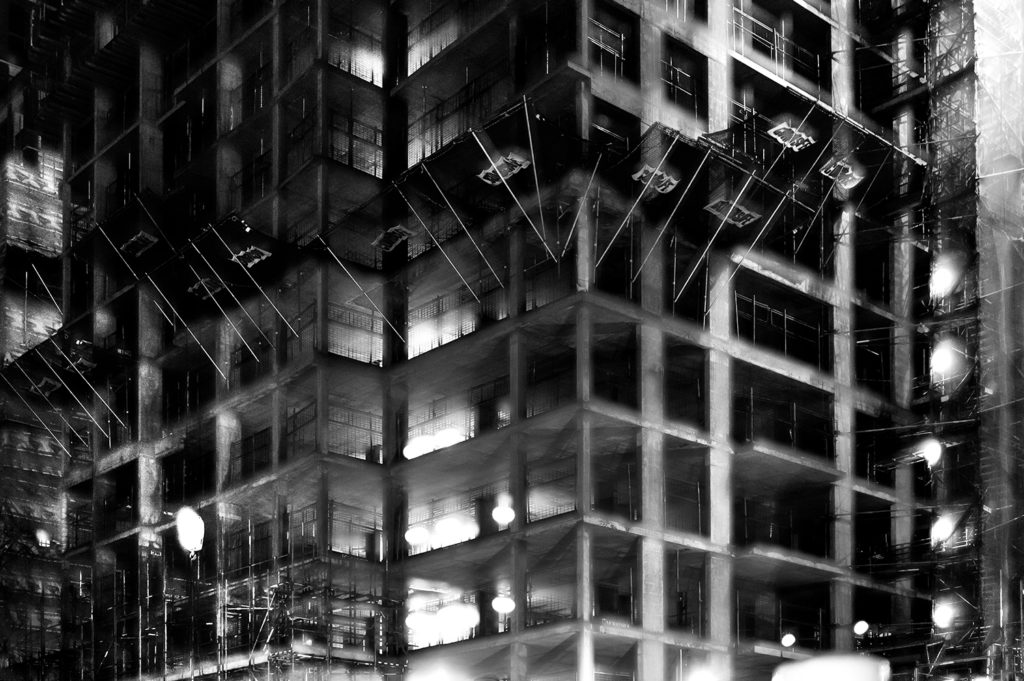

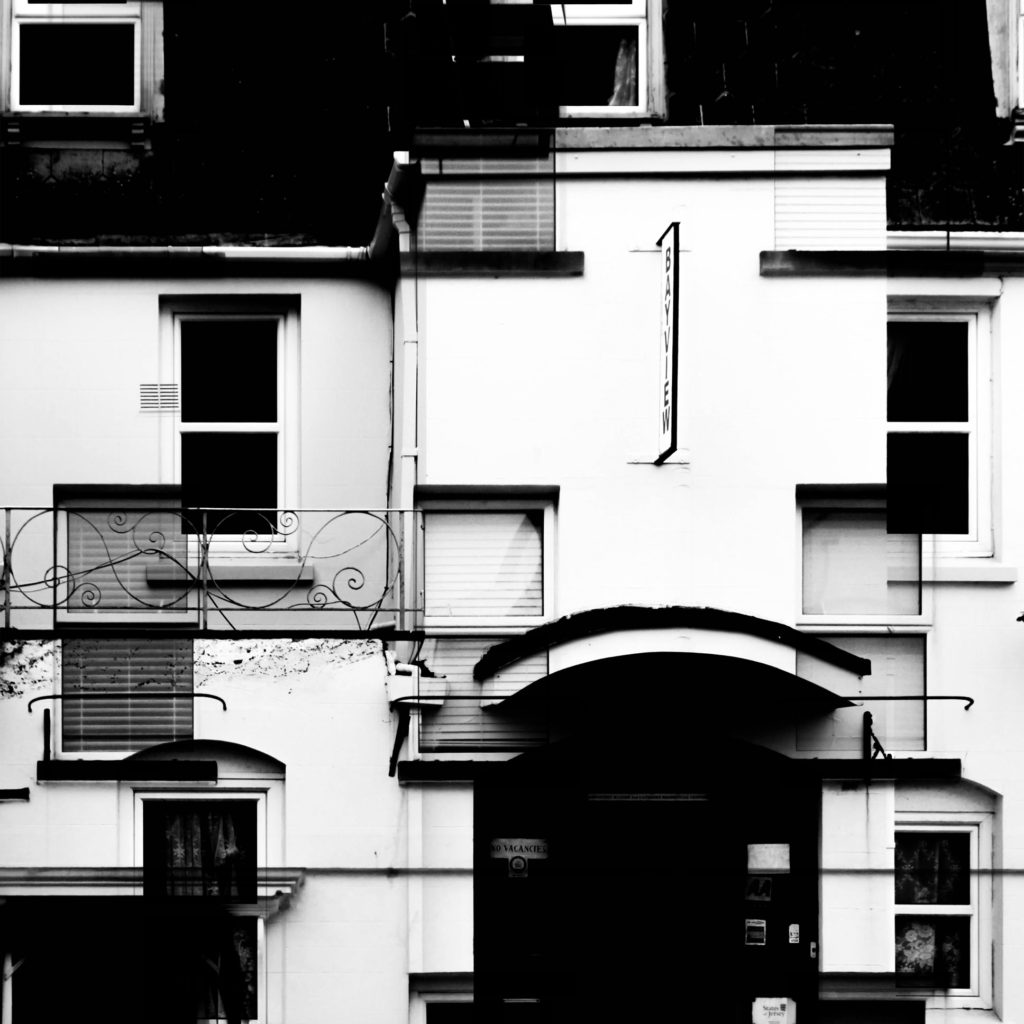
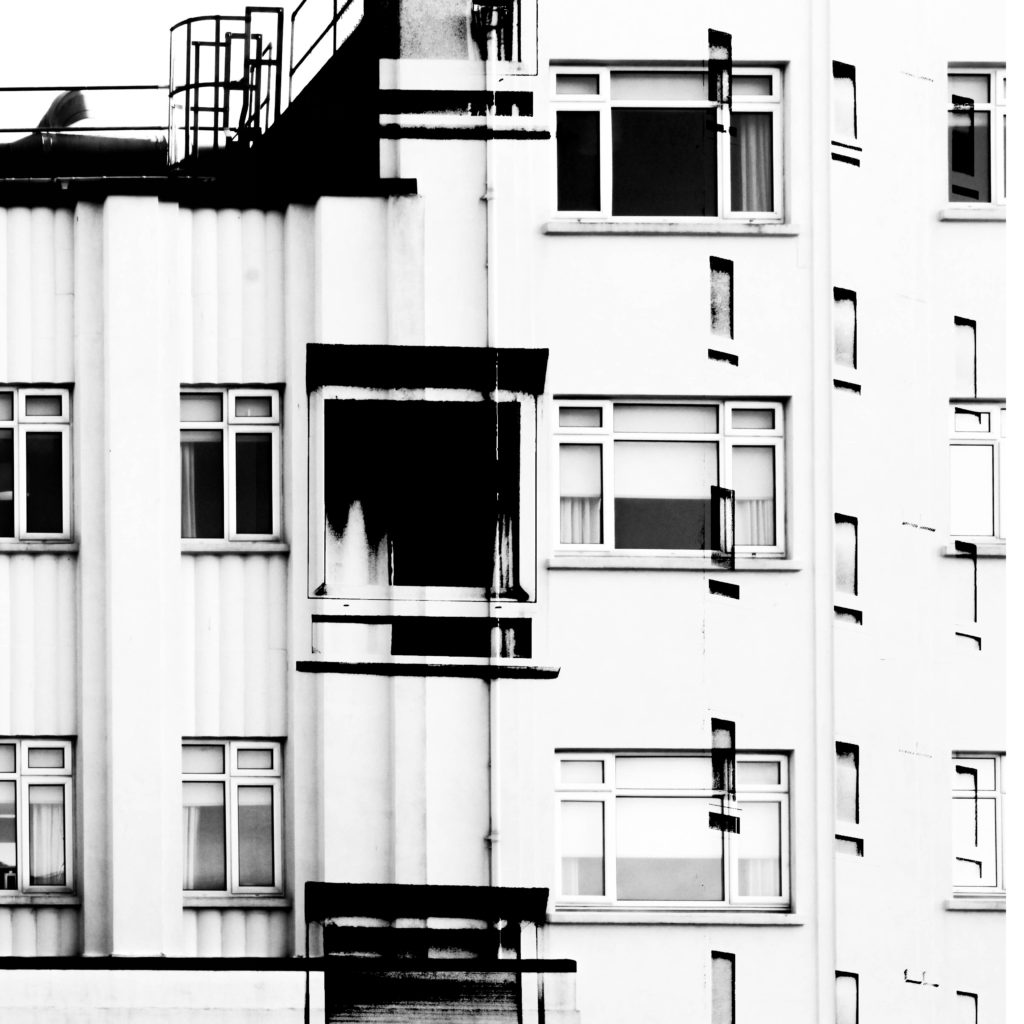
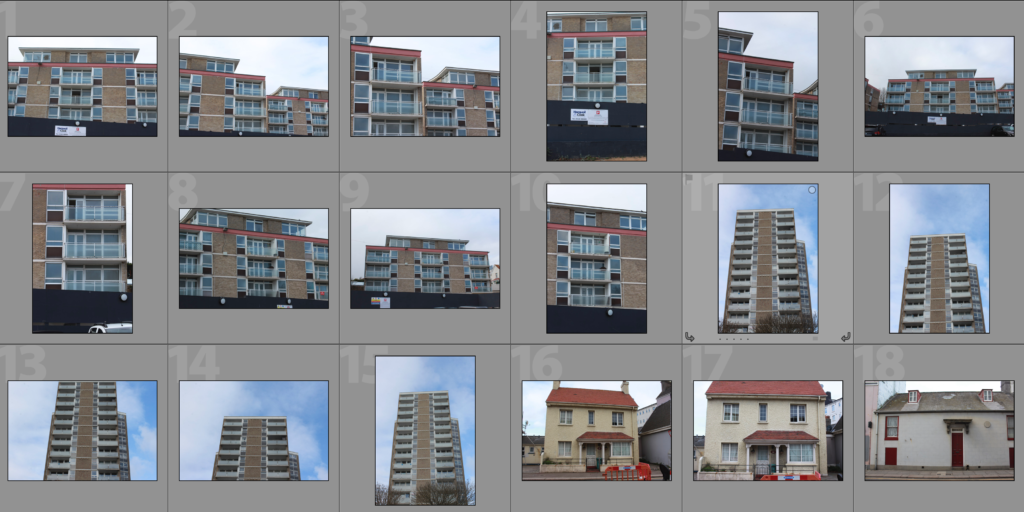



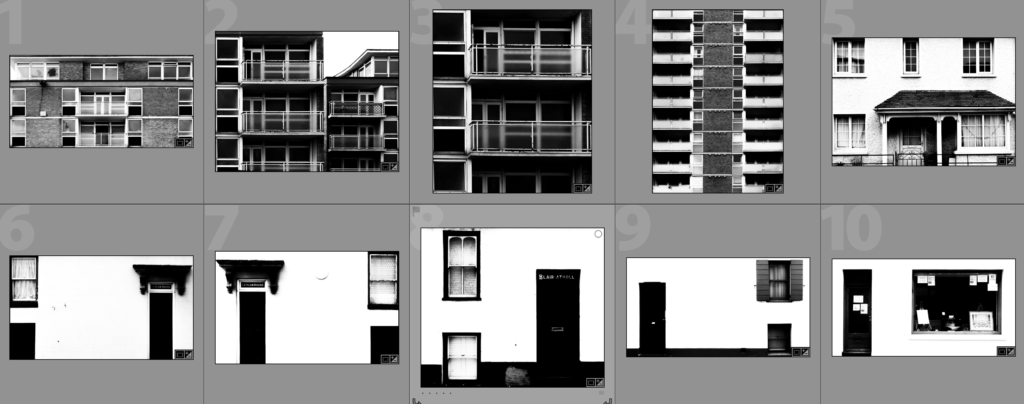
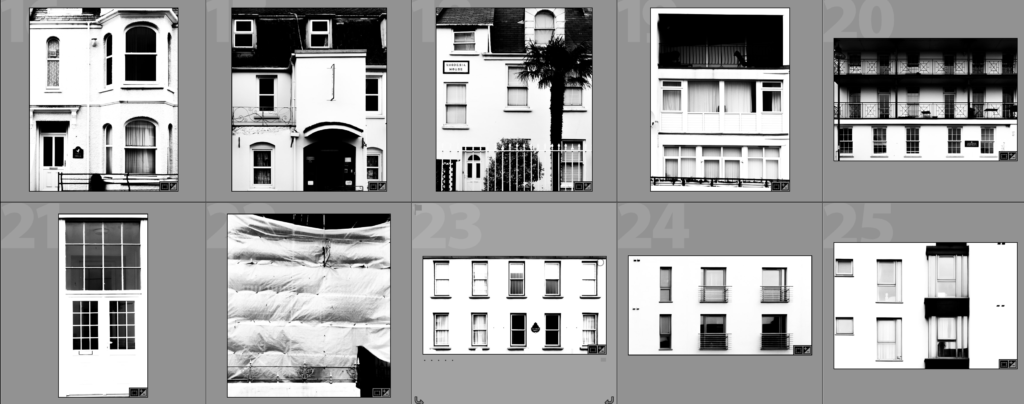


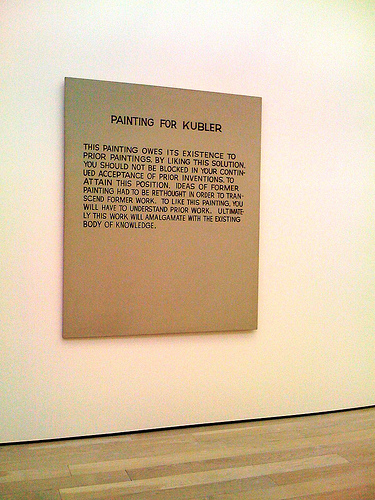







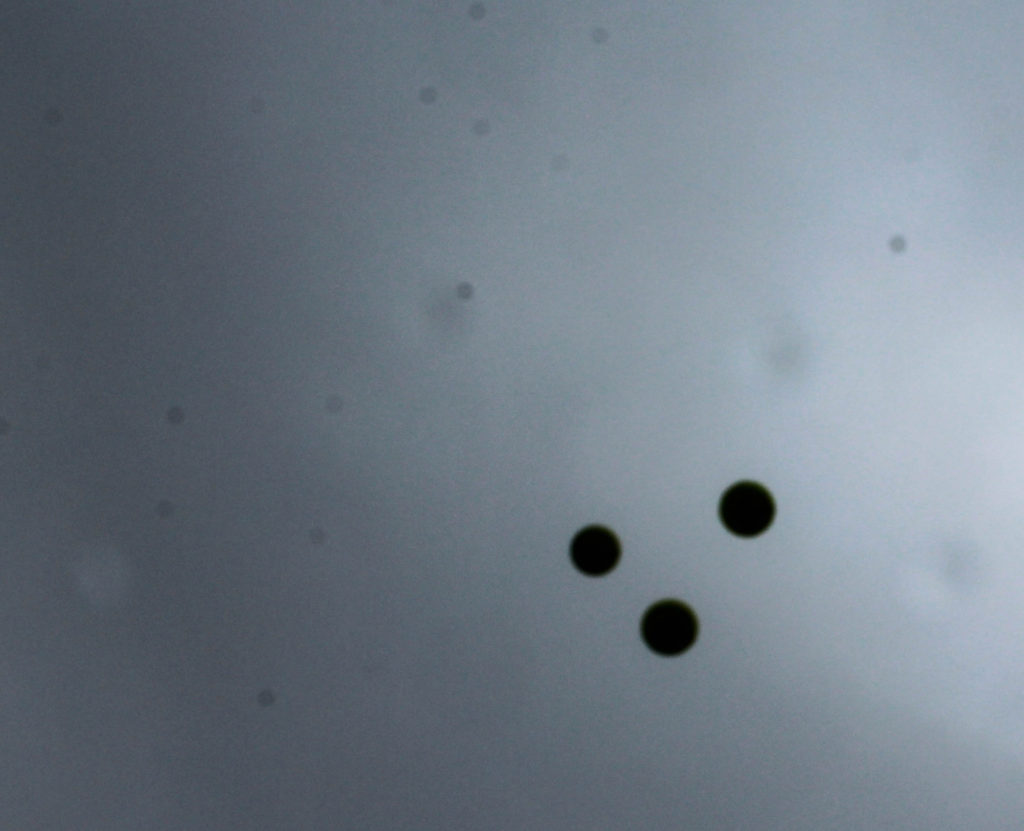

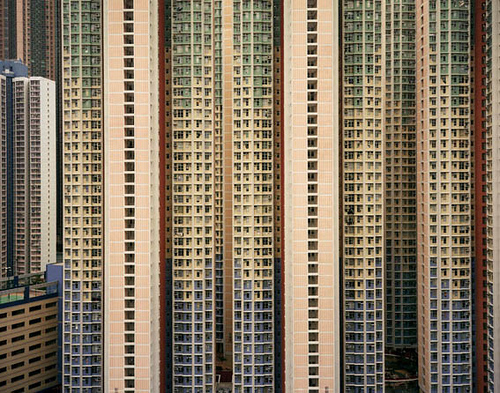
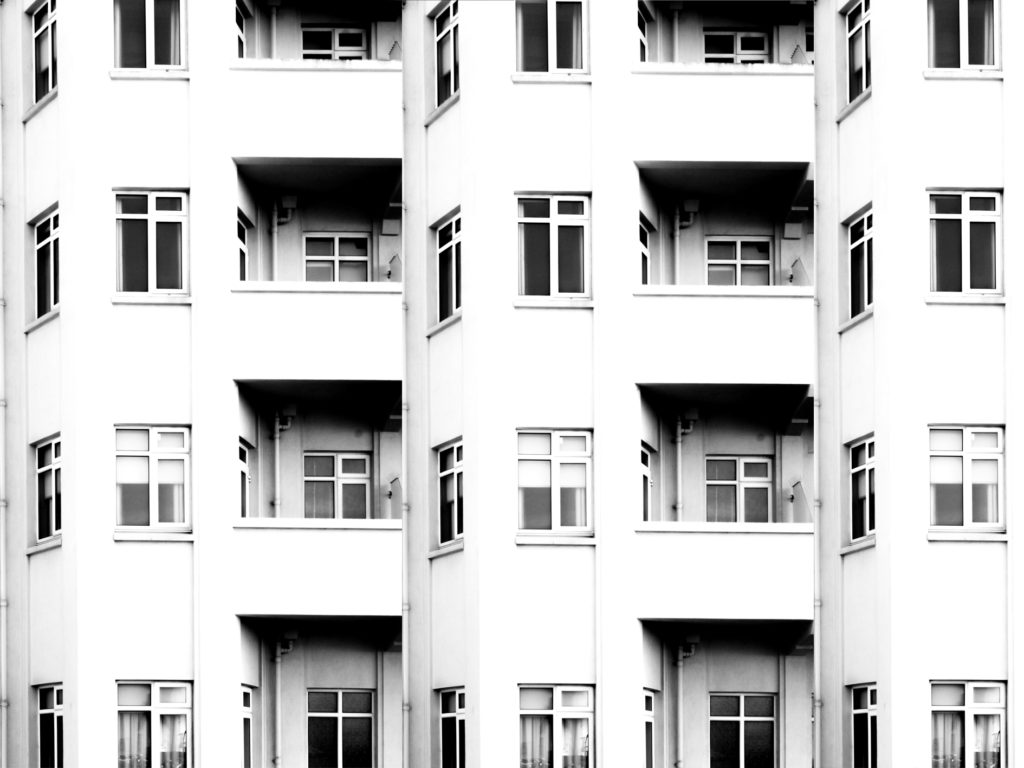
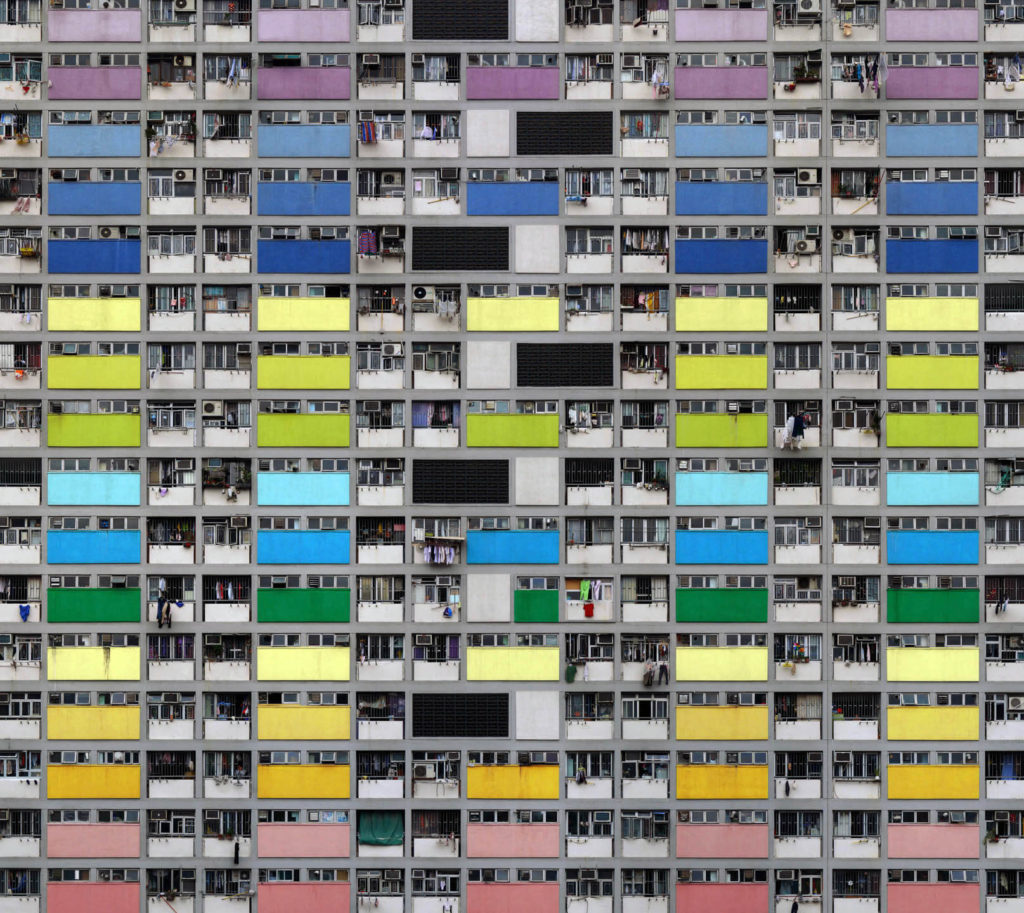
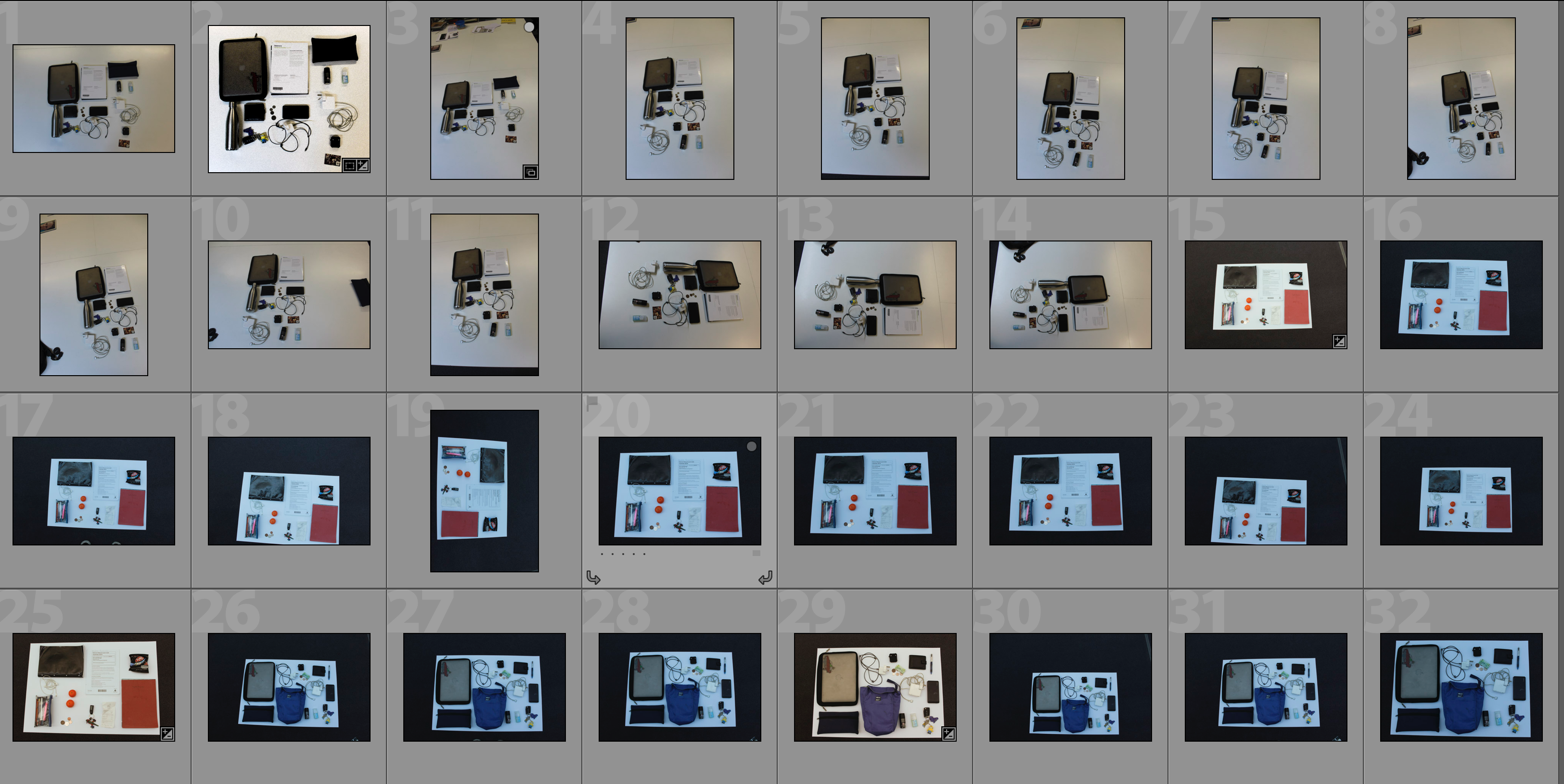



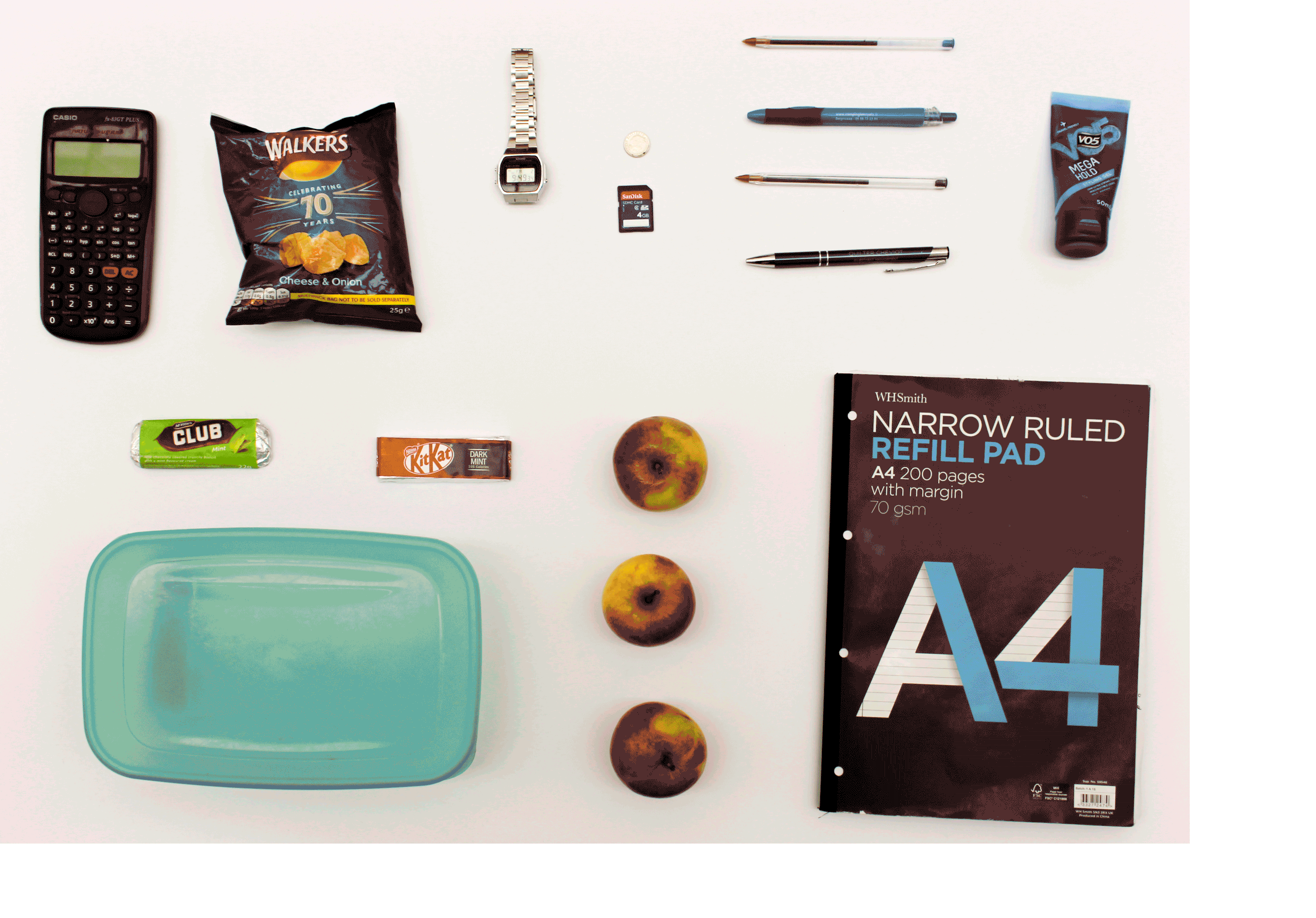


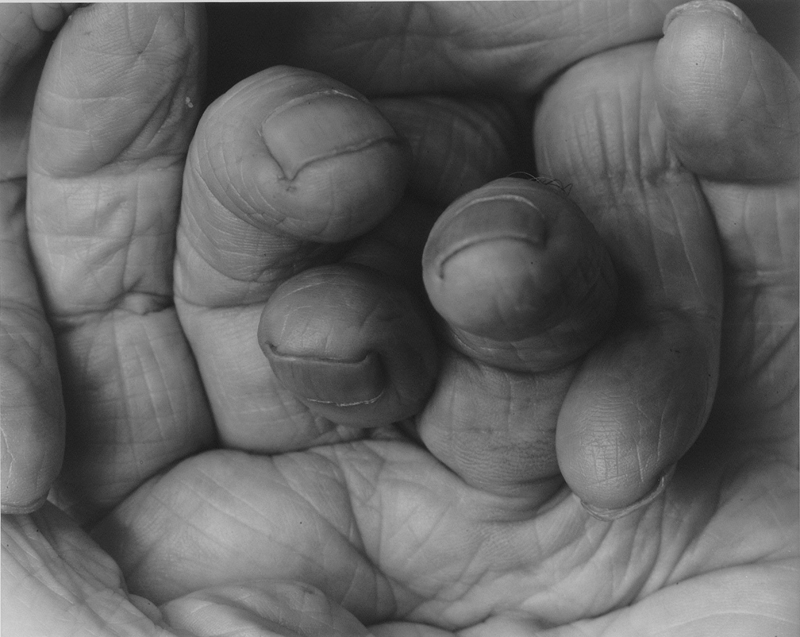








 Their work on typology began as they first collaborated on photographing the disappearing German industrial architecture in 1959 – they were fascinated by the similar shapes in which certain buildings were designed, which is evident in their work. After collecting thousands of pictures of individual structures they noticed that the different structures shared many qualities and were intrigued by the fact that so many industrial buildings were build with a focus on the design. The Bechers would work with a large 8 x 10-inch view camera and would always use a straightforward point of view. They would only shoot on overcast days in order to avoid shadows as well as only in the early morning during spring and fall. A variety of subjects were photographed throughout their work including water towers, cooling towers, coal bunkers and gas tanks. Often the Bechers would exclude any details that would detract from the central theme. By photographing these structures the Bechers’ drew attention to the need of preservation of the buildings and some of them were designated as protected landmarks as a result of their work.
Their work on typology began as they first collaborated on photographing the disappearing German industrial architecture in 1959 – they were fascinated by the similar shapes in which certain buildings were designed, which is evident in their work. After collecting thousands of pictures of individual structures they noticed that the different structures shared many qualities and were intrigued by the fact that so many industrial buildings were build with a focus on the design. The Bechers would work with a large 8 x 10-inch view camera and would always use a straightforward point of view. They would only shoot on overcast days in order to avoid shadows as well as only in the early morning during spring and fall. A variety of subjects were photographed throughout their work including water towers, cooling towers, coal bunkers and gas tanks. Often the Bechers would exclude any details that would detract from the central theme. By photographing these structures the Bechers’ drew attention to the need of preservation of the buildings and some of them were designated as protected landmarks as a result of their work.